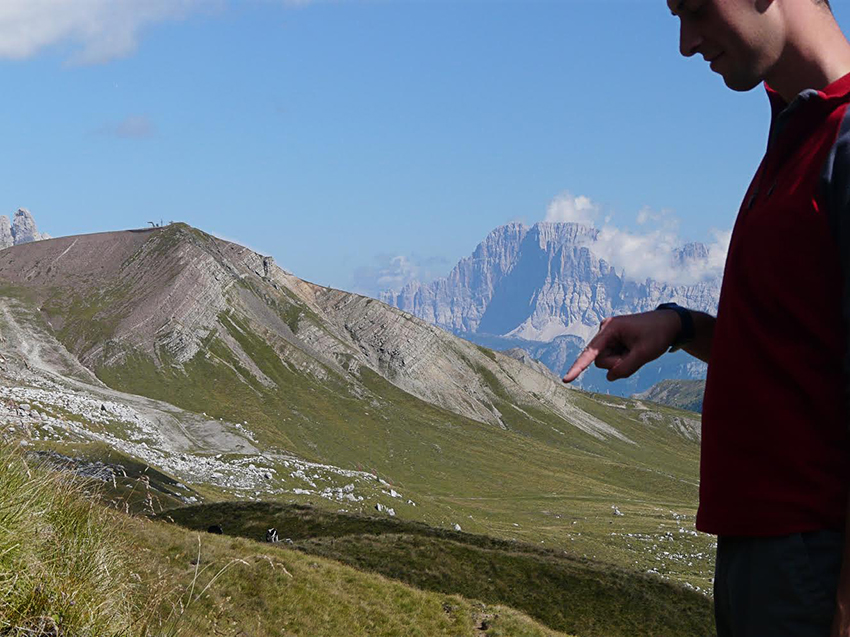The world’s worst mass extinction was followed by two more extinction events, according to a study published in PLOS ONE last month.
Paleontology postdoctoral researcher William Foster said the discovery gives insight into the slow recovery of life on Earth after this event.
Foster traveled to northern Italy with a team of geologists to recover geochemical data about the nature of the Great Dying, a mass extinction event that wiped out as much as 96 percent of marine species on Earth.
Richard Twitchett, an earth sciences research leader at the Natural History Museum in London, said geologists recovered rare Great Dying fossils from the late Permian period, about 290 million years ago.
“Although this extinction event was the most important crisis in Earth’s history, accessible rocks of that age with well-preserved fossils are relatively rare on the present-day planet’s surface,” Twitchett said.
Northern Italy was the first region shown to have preserved marine rocks and fossils from this pertinent time period. Foster said the team worked to find every layer of rock that contained fossils to increase their understanding of ancient ecosystems.
“By doing research in Italy, we found two different extinction events that followed the Great Dying that slowed the progress of recovery,” Foster said. “Based on some geochemical data, these two extinction events happened at the same time as detected carbon cycle changes.”
In rock samples collected from the Great Dying, ratios of different types of carbon demonstrated a large disruption in the carbon cycle, or the movement of carbon between the Earth’s atmosphere and its soil. This was most likely caused by volcanic eruptions in Siberia that triggered climate change and ocean acidification.
“We were able to show not only how diversity changed in this ancient sea through time, but also how the ecosystems worked,” Twitchett said. “The aftermath of this event was a time of major global warming and recovery (that) seems to be linked to a return to a more normal climate state.”
Foster said that climate change and its effect on ecosystems is a modern issue that should continue to be explored.
“Because we are aware that climate is changing today, many people are curious about these climate change extinction events as analogues for future events,” Foster said. “We can learn things from the past.”
Foster added that the increase in human populations has drastically changed the dynamics of climate change. He said this study could raise awareness of how animals and ecosystems might react to climate change and ocean acidification.
“It’s not just about climate change,” Foster said. “When we look at groups of animals and how they responded to stresses like temperature, we can then predict how they will respond to the future.”
Twitchett said that recovery after the extinction was not a smooth process, as some had previously thought. Instead, he said the study found major changes in diversity and ecology, which coincided with changes in the environment during this time period.
Twitchett said continuing to chemically analyze these rocks will help researchers develop an understanding of the effects of environmental changes on animals. He added that in geology sometimes the work is its own reward.
“They say you haven’t lived until you’ve had lunch with a geologist. We go to beautiful places that are really remote and removed from society,” Foster said. “When you’ve finally collected your data and samples, you can sit down in these new places and enjoy everything around you.”















